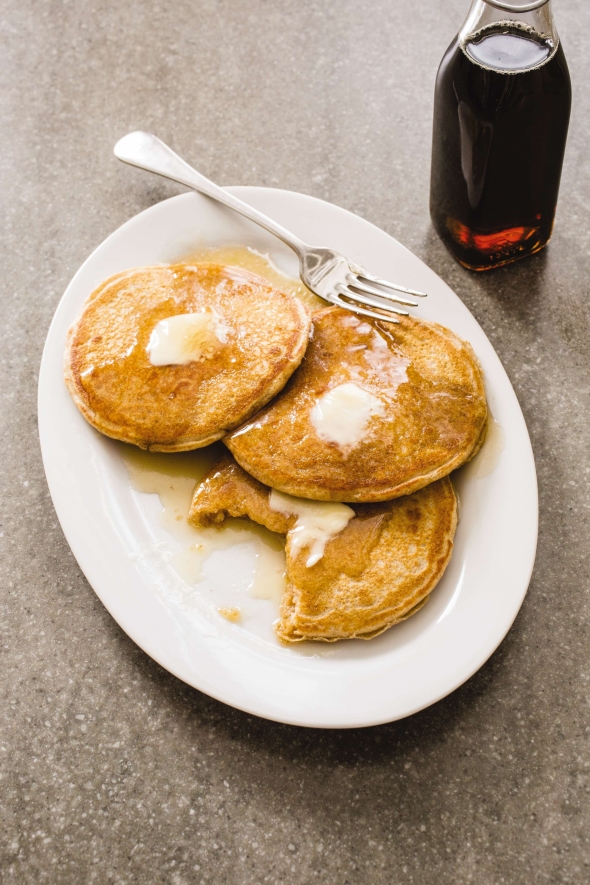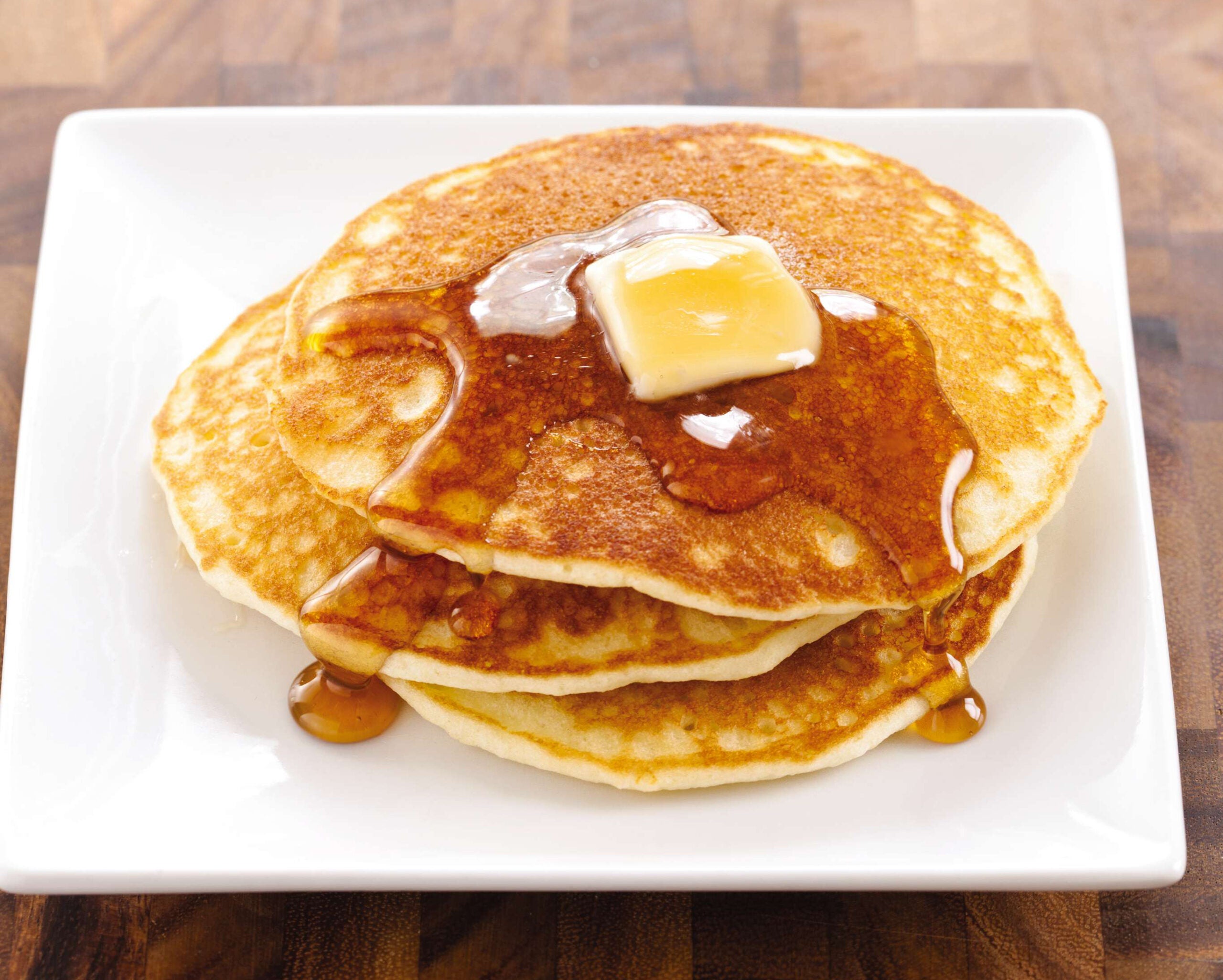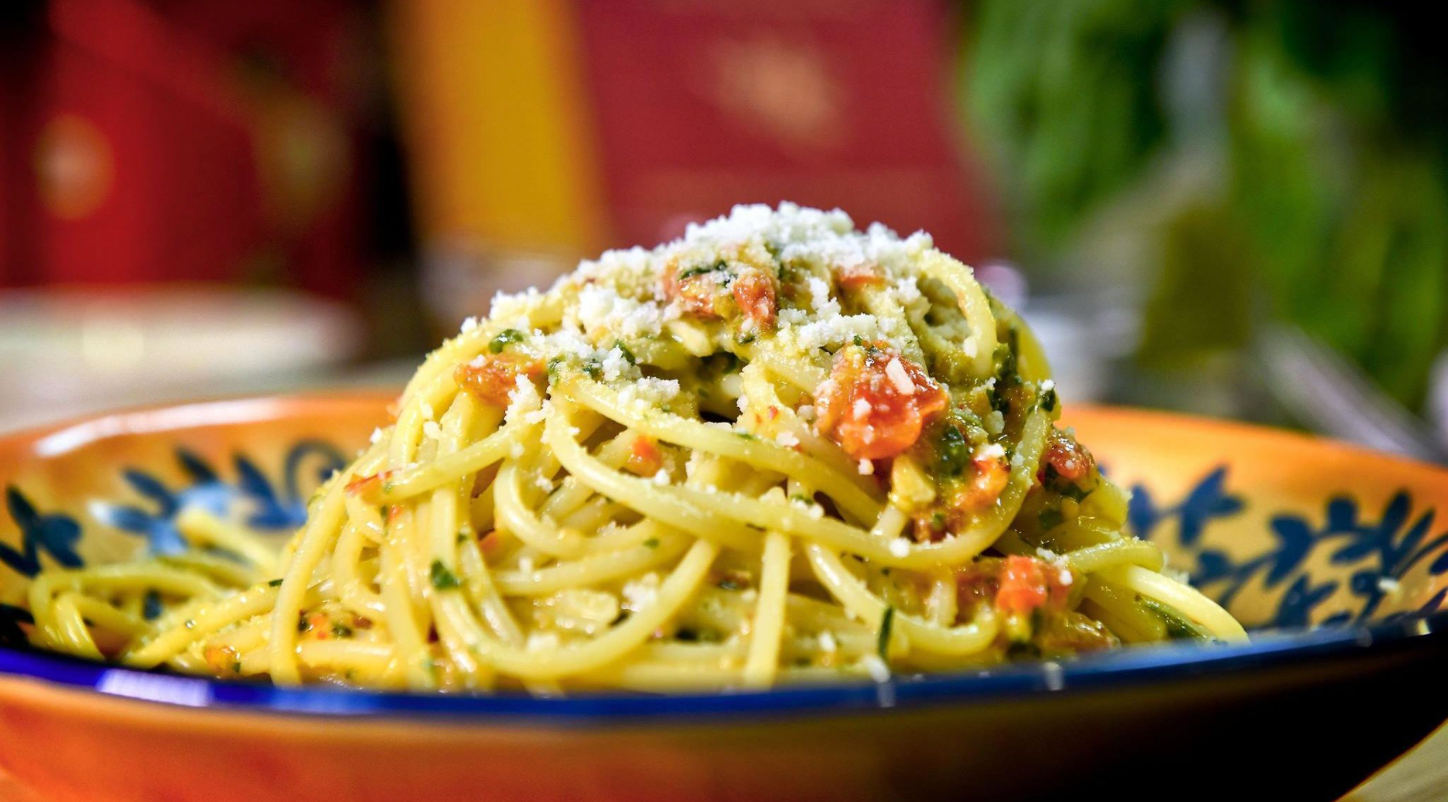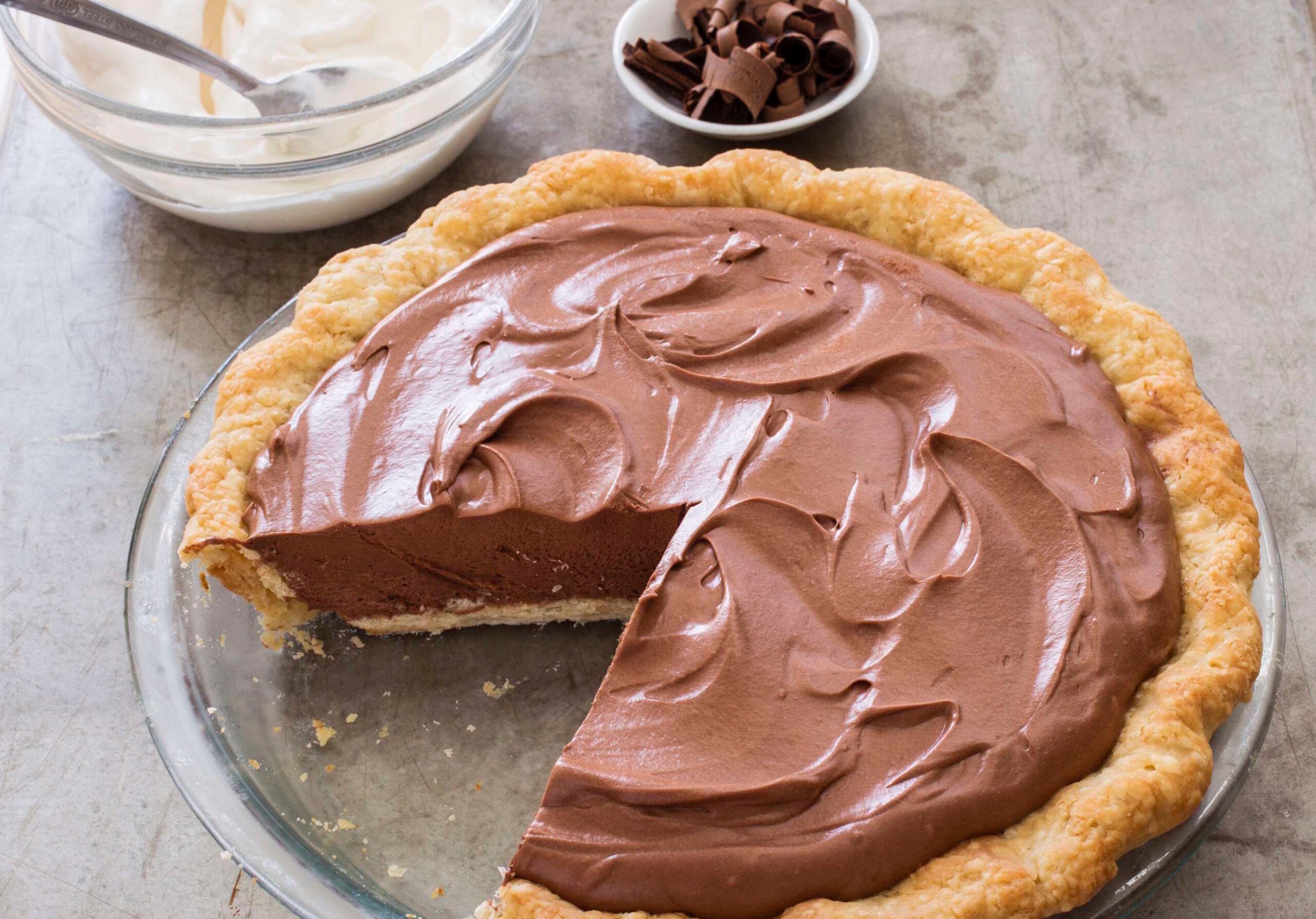Pancakes are a quick-hitter breakfast food for busy mornings, but they can easily end up too flat, rubbery, soggy or cold.
Tip No. 1 for tastier flapjacks is making sure not to over-mix the batter, said Julia Collin Davison, an executive editor for the books division of “America’s Test Kitchen.”
The more you mix white flour together with the ingredients, the more you build up a gluten structure that leads to chewiness, said Collin Davison, also an on-screen test cook for public television shows “Cook’s Country” and “America’s Test Kitchen.”
Stay informed on the latest news
Sign up for WPR’s email newsletter.
“You want to leave it a little lumpy,” she said. “Don’t worry, those lumps will disappear during cooking.”
Gluten doesn’t build up as much in wheat flour, making it a better option for fluffier pancakes than white flour, she said.
For an even sweeter option, Collin Davison said grinding your own wheat berries, a quick process in a high-end blender, churns out pancakes with a taste similar to a graham cracker. That’s the method used in “America’s Test Kitchen’s” Wheat Berry Pancakes recipe that bypasses oxidation of whole-wheat flour that can taste bitter.
A simpler recipe, Easy Pancakes, requires no blending and relies on more common pantry ingredients.
“The thing about this recipe that I like is there’s no buttermilk,” she said. “Not that I’m anti-buttermilk, but I just never seem to have any on hand.”

Wheat berry pancakes. Photo courtesy of “America’s Test Kitchen.”
You can also try mixing a tablespoon of vinegar or fresh lemon juice with a cup of milk to improvise that buttermilk flavor.
The Easy Pancakes recipe uses milk, eggs and leaveners — baking soda and baking powder. Letting the batter sit for 10 minutes allows the lumps to hydrate before getting them onto the skillet.
Because butter burns, Collin Davison tends to use oil to grease up the skillet.
Also, getting enough butter or milk in the pancakes will ensure the buttery flavor sticks with the pancakes, or you can opt to mix butter and oil in the pan for the best of both worlds.
Getting your skillet to the right temperature is another trick to ensure perfectly cooked flapjacks. If it’s too hot, the pancakes darken on the outside and are underdone in the middle; too low, and the pancake gets dried out and lacks color.
“That’s where a little bit of experience comes in,” she said, endorsing the practice of cooking a test pancake to check how hot your skillet is.
If there’s always one cook in front of the stove who misses out on eating pancakes with the rest of the family, Collin Davison said the oven is the way to go.
To keep breakfast warm, spray a wire rack with some vegetable oil and place the rack on a baking sheet. Air will be able to flow around the pancakes and prevent the bottoms from getting soggy.
Setting the oven to about 200 degrees will do the trick. If the pancakes are in the oven for more than 10 minutes, consider tenting them with aluminum foil to prevent them from drying out.
For those with gluten sensitivities, Collin Davison has a recipe for that, too.
Because gluten creates structure and holds onto air bubbles, gluten-free pancakes tend to turn out flat. Helping give rise to these pancakes are the leaveners, but so does separating and whisking the eggs.
“You whip those eggs just to get them fluffy and then you fold that into the batter — that really helps you get fluffy gluten-free pancakes without the gluten,” Collin Davison said.
Wisconsin Public Radio, © Copyright 2024, Board of Regents of the University of Wisconsin System and Wisconsin Educational Communications Board.




